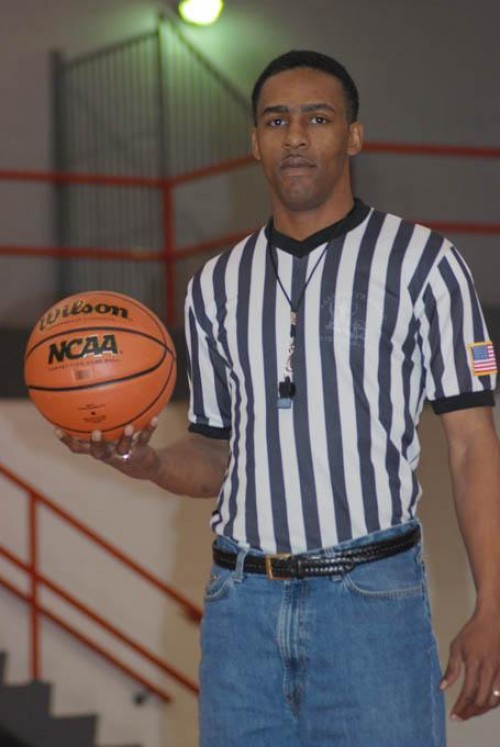
Lois Dufrene
January 7, 2008
A GOOD CALL: Alcorn satisfied about choosing life in stripes
January 9, 2008The U.S. Coast Guard will meet with Terrebonne and Lafourche parish officials sometime this month to prepare plans for raising vessels sunk in parish waterways and in the Gulf of Mexico by hurricanes Katrina and Rita, said Coast Guard spokesman Bob Travis.
The two hurricanes caused numerous inland boats and large pieces of debris to sink to the bottom of bayous and canals in the neighboring parishes.
The Coast Guard has been raising the vessels since the hurricanes of 2005, Travis said. However, this new phase of the Coast Guard’s effort is broader in scope.
“We’re getting our work mission from FEMA,” he said. “Normally we get it from the U.S. Army Corps of Engineers.”
“We’ve got a different mission assignment from FEMA,” he said. “It’s more expensive and it covers new waterways. We have a wider definition of what we can work on.”
Only vessels meeting FEMA eligibility requirements will be raised. The boats had to have been sunk by either Hurricane Katrina or Rita to meet the specifications.
A vessel or object would be eligible if it were blown off the banks into a waterway by hurricane winds.
Representatives from the Louisiana Department of Natural Resources are working with 23 south Louisiana parishes individually to target areas where boats have been sunk by the hurricanes.
“We will meet with Terrebonne Parish government and say, ‘This is what you gave the DNR,'” Travis said. “Then the Coast Guard will determine on a case-by-case basis which meet FEMA requirements.”
“It’s expensive,” he said. “It’s prudent to sit down with the parishes.”
Local governments can raise the boats using their own machinery, then be reimbursed by FEMA.
“It’s more cost-effective that way,” he said. “The parishes have the appropriate equipment, knowledge and local guys. Each parish is responsible for FEMA reimbursement.”
Local governments can also hire contractors to do the work.
The Coast Guard needs to take into account the environmental effects of its actions, Travis said. Sometimes moving a sunken vessel or piece of debris can cause more harm than allowing the objects to stay.
The Coast Guard is funding the operation with Stafford Act money. The act provides the funding mechanism for most FEMA projects.
Terrebonne Parish Sheriff Jerry Larpenter said, since hurricanes Katrina and Rita, 38 boats have been pulled out of waterways in the parish by the Coast Guard and the U.S. Army Corps of Engineers.
However, boats not sunk by the two hurricanes were left alone.
Larpenter said more than 200 vessels litter the bottom of the bayous in Terrebonne Parish.
“(The parish) has been neglecting it for over 30 years,” he said. “We (the sheriff’s office) have identified the boats. Within 10 years, there will be 400 boats sunk in the parish.”
“If a trawler goes out of business, there’s a problem with boats left on the side of the waterway,” he said. “They sink or rot away. They’re a safety hazard and a horrible sight.”








